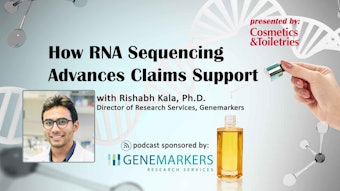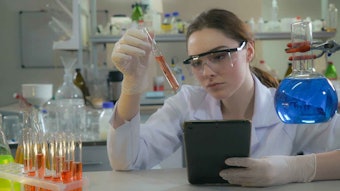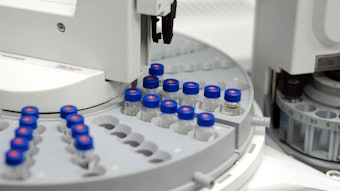Age-related modification of the facial structure due to lipoatrophy is one of the new concerns of consumers over the age of 50. Subcutaneous adipose tissue is responsible for the plumped aspect of the face but with aging, this fat pad progressively melts. This is linked to reduced adipocyte numbers and size due to decreased lipid content. Fat loss is especially localized at the temples, with sagging of the eyebrows by lack of lateral support; under the eyes, which appear hollow with dark rings; and in the malar area, with an increase of the nasogenian fold and loss of high cheekbone. This atrophy of the facial soft tissues makes facial bones appear more prominent.
To reduce the appearance of aging due to lipoatrophy, plastic surgery using lipofilling technology is a well-known approach. Lipofilling comprises a harvest of fat from areas such as the buttock and its injection in the volume-deficient parts of the face. This fat autograft restores volume and recovers a younger-looking face. Today, one of the challenges in cosmetics is to reduce the signs of aging by mimicking plastic surgery results using noninvasive methods. A lipofilling-like cosmetic ingredient therefore must activate adipose tissue growth by acting on one or several factors of adipocyte metabolism including activation of adipogenesis, activation of lipogenesis and inhibition of lipolysis. The ideal ingredient would act on all these parameters at the same time.










